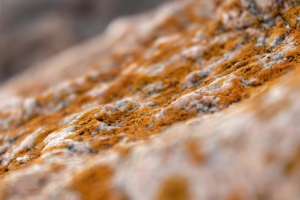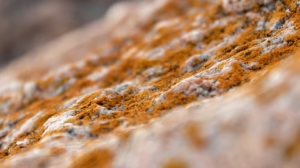Unveiling Nature’s Mysteries: The Remarkable Adaptations of Polar Animals
As winter blankets the polar regions in a thick layer of ice and snow, life continues to thrive against the odds in one of the planet’s most extreme environments. The Arctic and Antarctic ecosystems, characterized by their harsh temperatures, prolonged darkness, and scarce food resources, have produced a unique array of animals that have adapted remarkably to survive. These polar animals boast a myriad of adaptations—biological, behavioral, and physiological—that make them marvels of evolution. In this article, we will explore some of the most extraordinary adaptations found in polar creatures and uncover the mysteries of how they thrive in such inhospitable conditions.
1. Insulation and Thermal Regulation
One of the most striking adaptations observed in polar animals is their incredible ability to retain body heat. For instance, polar bears, the quintessential Arctic residents, possess a thick layer of blubber beneath their skin, which can measure up to 4 inches thick. This fatty insulation not only helps to keep them warm but also serves as an energy reserve during times when food is scarce.
Similarly, seals, such as the Weddell and leopard seals, are equipped with a dense layer of blubber that acts as insulation against icy waters. Their fur or skin, often covered in a specialized layer of oil, helps to repel water and maintain body temperature while diving in frigid seas. This remarkable thermal regulation allows them to venture into some of the coldest waters on the planet.
2. Camouflage and Coloration
Polar animals employ various strategies to remain concealed from predators and potential threats. For example, the Arctic fox changes its fur coat with the seasons, turning white during the winter to blend seamlessly with the snow and ice and transitioning to a brown or grey hue in summer to merge with the tundra environment. This seasonal camouflage not only aids in avoiding predators like polar bears but also enhances hunting efficiency as they stalk small mammals, such as lemmings, that share their habitat.
Similarly, the snowshoe hare showcases a stunning adaptation: its fur color shifts from brown to white in winter, allowing it to camouflage effectively against the snowy landscape. This adaptation not only provides cover from predators but also helps it remain hidden while foraging for food.
3. Extreme Physical Adaptations
Many polar species exhibit unique physical features that support their survival in extreme conditions. The narwhal, known for its long, spiral tusk, has developed specialized adaptations for life in the icy Arctic waters. Its tusk, which is actually an elongated tooth, is thought to play a role in mating rituals and social interactions, as well as potentially serving as a sensory organ that provides information about its environment.
Moreover, the emperor penguin demonstrates impressive adaptations that allow it to thrive in harsh Antarctic landscapes. These birds are the only penguin species to breed during the harsh winter months. The males incubate eggs on their feet, which are covered by a special flap of skin called a brood pouch. This adaptation protects the eggs from freezing temperatures, while the males huddle together in tightly packed groups to conserve warmth during the brutal Antarctic winter.
4. Unique Behavioral Strategies
Aside from physical adaptations, many polar animals exhibit behaviors that are crucial for their survival. For instance, migratory patterns among species like the Arctic tern and caribou are essential for finding food and breeding grounds. The Arctic tern undertakes the longest migration of any bird, traveling from the Arctic to the Antarctic and back each year, allowing it to take advantage of summer in both polar regions.
Social behaviors also play a critical role in adaptation. For example, Orcas (killer whales) exhibit complex group dynamics that allow them to hunt cooperatively, sharing information about prey locations and utilizing sophisticated strategies to capture seals and other marine animals.
5. Resilience and Survival
The resilience of polar animals extends beyond their physical bodies and behaviors. These species have developed incredible survival strategies to cope with climate variability and changing ecosystems. As climate change continues to impact polar habitats, many animals are facing new challenges. For instance, melting sea ice threatens polar bear hunting grounds and seal pupping habitats, emphasizing the urgent need for conservation efforts to protect these remarkable creatures.
Conclusion
The polar regions serve as a testament to nature’s ingenuity, showcasing an array of adaptations that have allowed animals to survive and thrive in some of the harshest environments on Earth. From the insulating blubber of seals to the camouflage of the Arctic fox, these adaptations remind us of the intricate connections between species and their environments. As climate change continues to reshape these fragile ecosystems, studying and understanding the remarkable adaptations of polar animals becomes crucial not only for their survival but also for the preservation of their unique habitats. In unveiling nature’s mysteries, we can appreciate the resilience of life and the intricate balance of the ecosystems that sustain it.


























Add Comment